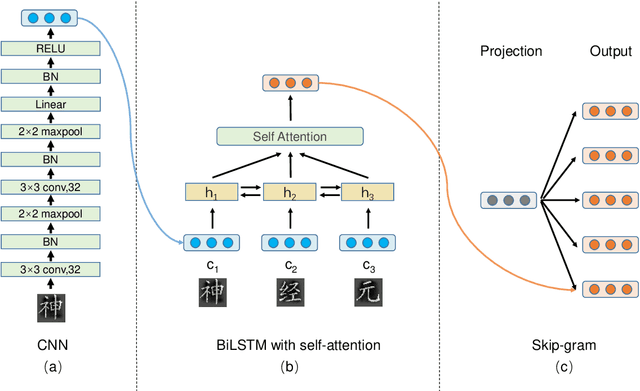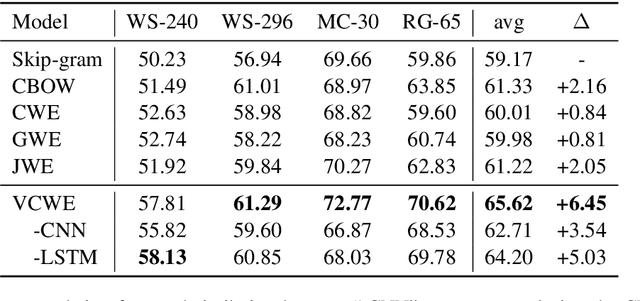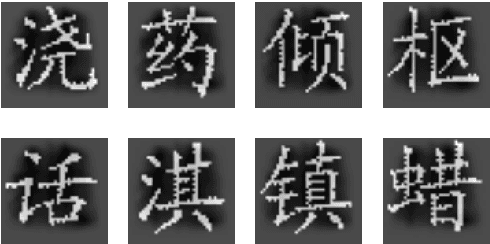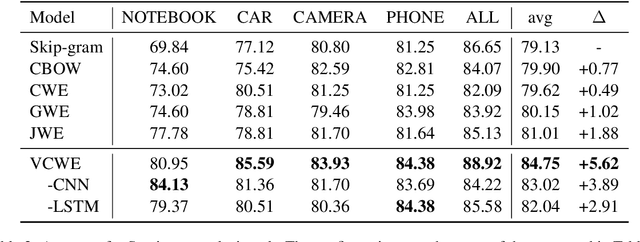VCWE: Visual Character-Enhanced Word Embeddings
Paper and Code
Mar 25, 2019



Chinese is a logographic writing system, and the shape of Chinese characters contain rich syntactic and semantic information. In this paper, we propose a model to learn Chinese word embeddings via three-level composition: (1) a convolutional neural network to extract the intra-character compositionality from the visual shape of a character; (2) a recurrent neural network with self-attention to compose character representation into word embeddings; (3) the Skip-Gram framework to capture non-compositionality directly from the contextual information. Evaluations demonstrate the superior performance of our model on four tasks: word similarity, sentiment analysis, named entity recognition and part-of-speech tagging.
* Accepted to NAACL 2019
 Add to Chrome
Add to Chrome Add to Firefox
Add to Firefox Add to Edge
Add to Edge